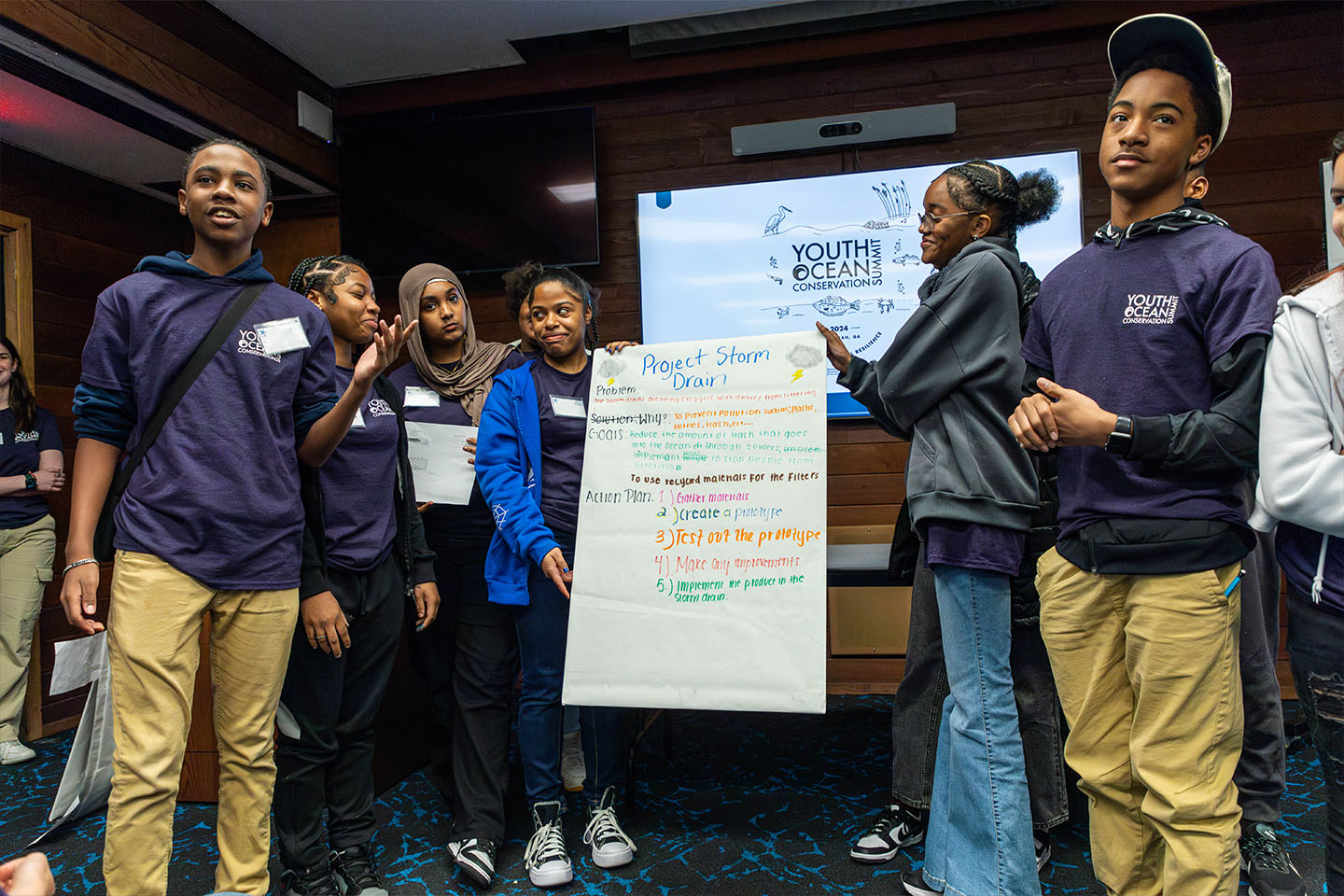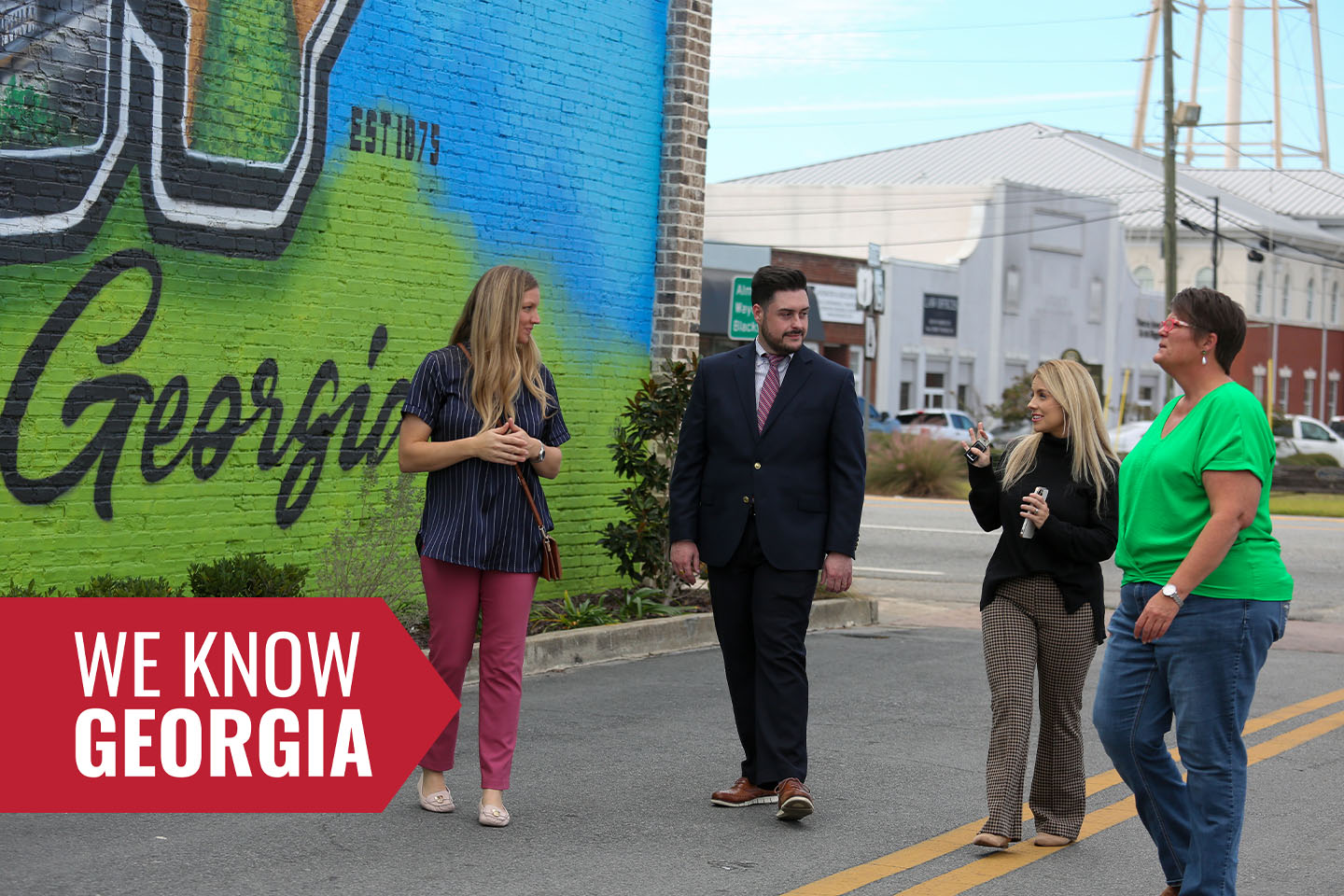A federal agency is now formally proposing to list the Georgia rockcress as a threatened plant species in Georgia and Alabama under provisions of the Endangered Species Act.
The U.S. Fish and Wildlife Service is simultaneously proposing to earmark almost 800 acres of river bluff habitat critical to the species survival, some of that in Gordon and Floyd counties.
The Georgia rockcress is found in very thin soil on top of limestone rock outcroppings such as those along Black’s Bluff Road.
Back in 2010, the Nature Conservancy, with assistance from personnel at the Chattahoochee Nature Center, initiated a project to repopulate the flower on those rocky cliffs.
Someone from the State Botanical Garden of Georgia found one lone plant alongside Black’s Bluff Road more than five years ago. Volunteers from the Georgia Plant Conservation Alliance harvested seeds from the plant, which were taken to the state garden in Athens and the Chattahoochee Nature Center.
About 100 of the plants were brought back to the bluff overlooking the Coosa River in 2010, and 80 percent of them survived the first year. Volunteers came back and planted a similar number in 2011. They’ve been monitoring those plants for the past two years, but have not replanted any in the Rome area since then.
Malcolm Hodges with The Nature Conservancy said that biologists have yet to refine a method for growing the species.
“We had some seedlings come up but certainly not nearly as many as we wanted to come up,” Hodges said.
He said there was one place where maybe 50 of the plants survived.
“That would be encouraging,” he said. “Even if we got one little spot where we’ve got healthy plants in it, that would be good.”
A second small area where the plants are found in Floyd County is on Whitmore’s Bluff off Bell’s Ferry Road, overlooking the Oostanaula River.
In Gordon County, an outcrop exists in rocky soil above the Oostanaula, behind the Flying J Truck Stop in Resaca.
Hodges said that even though the plant is found in places where very few people will ever see it, it’s worth saving.
“For something to exist naturally somewhere, we want to save it,” he said. “We don’t have to know that this thing is going to cure cancer or something. That’s not likely. But it’s out there and that’s part of our mission.”
The largest population in Georgia is located on Fort Benning near Columbus.
Comments are being accepted through Nov. 12 at www.regulations.gov or by mail at Public Comments Processing, Division of Policy and Directives Management, U.S. Fish and Wildlife Service, 4401 N. Fairfax Drive, MS 2042–PDM, Arlington, Va. 22203.
The docket number should be included in the address. FWS-R4-ES-2013-0100 refers to the proposed listing as a threatened plant. FWS-R4-ES-2013-0030 refers to the planned designation of critical habitat.



